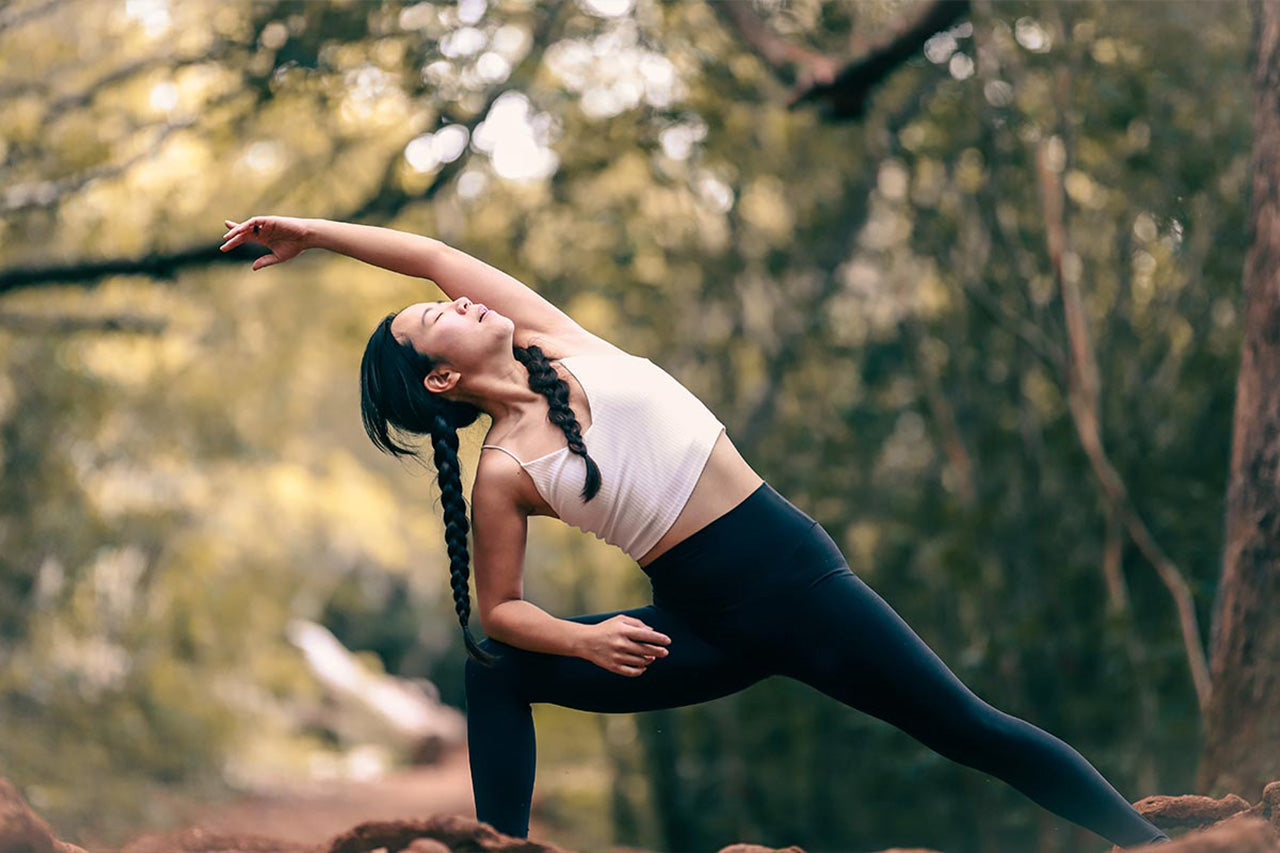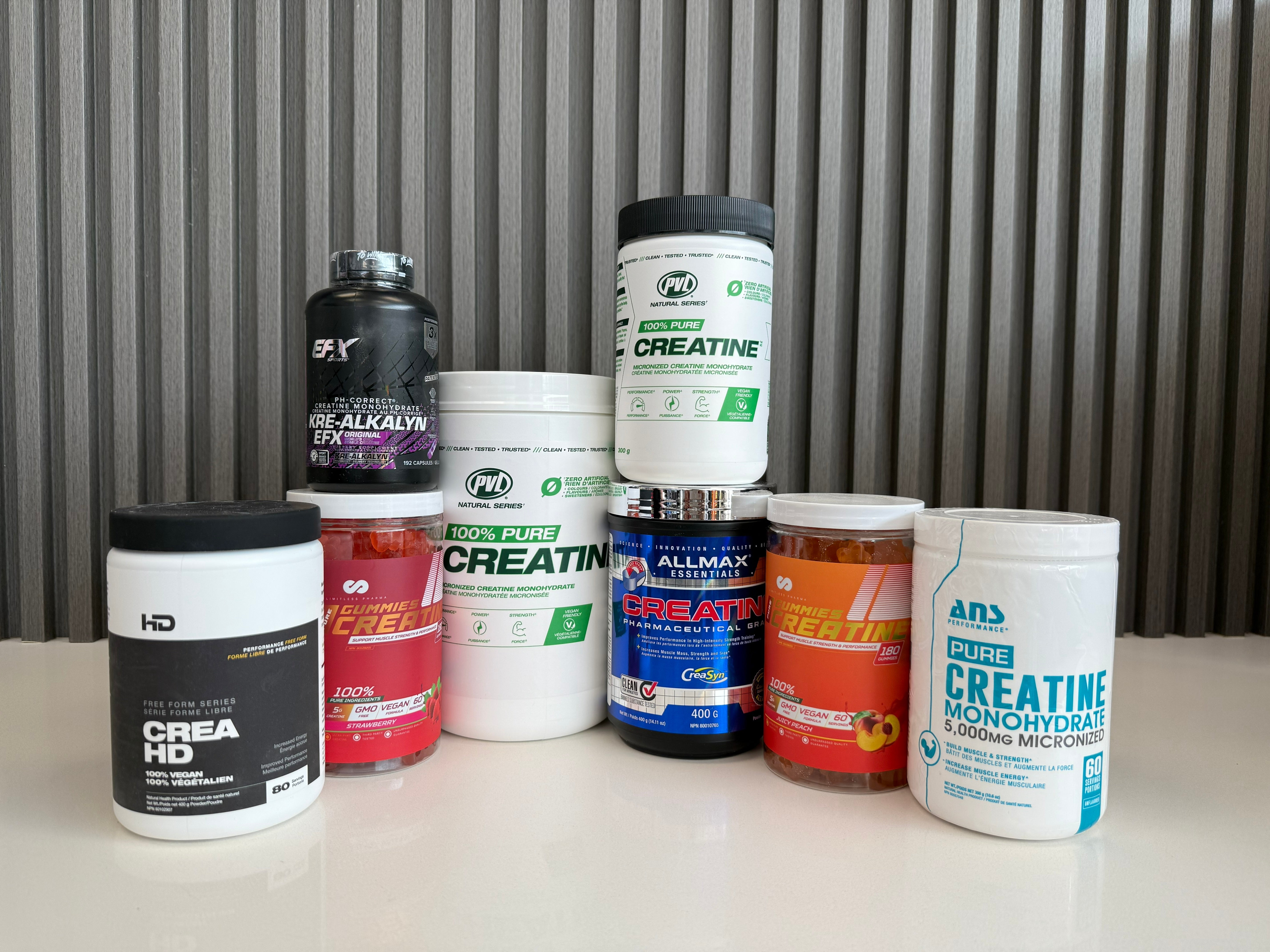Whether you have a strict workout regime or not, understanding the difference between dynamic and static stretching can lead to a more balanced pre and post workout routine.
We all know that being active is important. Do you often hit the ground running, without giving much time or thought to stretching? It’s important to know how to stretch the right way and when to employ different stretching methods. Otherwise, you may be unknowingly increasing your risk of injury and diminishing your athletic performance!
Simply learning about when to employ static verus dynamic stretching in your workout routine (even if that routine is a leisurely walk!) can have great benefits to your long-term health and mobility.
What is Dynamic Stretching?

Dynamic stretching is based on controlled movement and brings fresh oxygenated blood to your muscles. It often done before a workout. Think back to your highschool gym class – these warm-ups, jogging around the baseball diamond or doing jumping jacks, are great examples of dynamic stretching. Some other examples include torso twists, walking lunges, and arm and hip circles.
An alternative to dynamic stretching is a ‘dynamic warm-up’, which involves replicating movements you would do in your workout or sport to begin warming up cold muscles. If you’re about to play tennis, for example, pretend to swing your racket, or shuffle side to side as if you’re on the court. A brisk walk, jog or cycle around the block will also prevent you from straining cold muscles, which can be dangerous.
Have you been sitting in an office chair for most of the day? Banishing muscle stiffness, dynamic stretching invites heat to the body and helps your muscles and joints prepare for prolonged movement. Whether you are into competitive sport or not, your body will thank you for adding stretching to your routine.
The goal of dynamic stretching is to wake up the body!
What is Static Stretching?

Despite the passive nature of static stretching, it is still important to be mindful and come out of any pain when holding various postures. This form of stretching focuses on extending that warm muscle and getting into the deeper tissues of both muscles and joints.
Why are we fearful of exercising our joints? Joint exercise might sound odd since most activities are focused on building muscle and admiring our hard work in the mirror. Joint health is just as important, and it is through static stretching that we encourage our joints to move through their complete range of motion. When done regularly, this method will increase flexibility quickly.
An example is Yin, a type of yoga practice where postures are held for anywhere between three to even ten minutes to allow joints to open and the tissues and muscles around them to soften. This relaxed, meditative form of yoga is static stretching bliss. You don’t need a yoga studio to stretch passively – find a spot on your carpet and try the following yin postures: toe stretch, child’s pose or a forward-fold with bent knees. Doing static postures with a warmed-up body (think hot yoga) will allow the stretch to access those important connective tissues around joints of the hips, sacrum and spine.
The goal of static stretching is to cool down the body while increasing flexibility.
Why Should You Incorporate Stretching – Daily!
The experts at the Mayo Clinic suggest that stretching may help improve joint range of motion and decrease injuries, improving your sport performance. A by-product of stretching is flexibility – which will be especially apparent for those doing static stretches regularly after a workout. These factors are all related, since increased flexibility means joints that can move with more ease.
Stretching Technique – Avoid Pain and Injury
It’s a no-brainer that you’ll get the most out of stretching if you give both your muscles and joints some love. To avoid injury, consider these tips for your stretching technique. Remember that any unbearable pain or discomfort is a sign from your body to come out of the stretch.
Stretching Tips:
- Stretch consistently! Keeping up with it will help you increase your range of motion and flexibility.
- Dealing with a chronic injury? Consult your doctor and inquire about pain you may feel while stretching.
- Avoid bouncing or ‘ballistic’ stretching, which creates uncontrolled tension and can cause tears in your muscles.
- Cater your stretching to your sport – focus on the muscles you rely on. If you’re a tennis player, focus a little more on your shoulders and arms; soccer players may focus on legs and hamstrings.
- Know your sport – some research points to stretching decreasing performance for high intensity sprinting or track and field.
- Know your body – if you have a previous injury, you may be less flexible or tighter on one side of your body. Give that area of the body a little extra attention.
- Symmetry is key – strive to stretch body sides of your body equally.
Learning when to employ dynamic and static stretching, and then designing a routine with your favourite stretches, can be a fun and rewarding add-on to your workout.
Combining the techniques of dynamic and static stretching will help prepare your body for whatever activity or sport you want to try. Despite numerous benefits, stretching is not a safeguard to preventing injuries. However, warming up and cooling down the muscles may reduce the severity of accidents. By keeping a consistent routine of both dynamic and static stretching, you can work to increase the resiliency of your muscles and joints and see long-term benefits.











Leave a comment
All comments are moderated before being published.
This site is protected by hCaptcha and the hCaptcha Privacy Policy and Terms of Service apply.